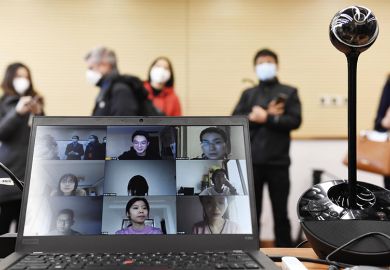The varying design of higher education systems around the world has little impact on the ability of privileged families to dominate access to elite universities, according to a study.
Researchers found that the handicap faced by children from disadvantaged families trying to enter leading higher education institutions was broadly similar – even after prior educational attainment was taken into account – in England, Australia and the US.
This suggests that, despite “substantial differences” in how higher education is organised across these countries, affluent families “will do whatever it takes to seek out qualitative advantages within the system that they face”.
John Jerrim of the UCL Institute of Education, Anna Chmielewski of the University of Toronto and Phil Parker of the Australian Catholic University publish what is thought to be the first comparative study of its kind in a forthcoming edition of Research in Social Stratification and Mobility.
They calculate that high-achieving children from privileged backgrounds in England have a 53 per cent chance of entering a Russell Group university, compared with a one in four chance for their disadvantaged peers. The chances of not entering higher education at all are one in 20 and one in five, respectively.
The results for the US were similar, with high-achieving children from advantaged backgrounds having a 58 per cent chance of entering a highly selective university, compared with 27 per cent for the less privileged group. The prospects of not entering any university were 8 per cent and 27 per cent, respectively.
In Australia, high-achieving children from affluent backgrounds have a 45 per cent chance of entering a Group of Eight institution, compared with 22 per cent for disadvantaged students. The respective chances of these students not entering higher education at all were 11 per cent and 24 per cent.
Only private colleges in the US were significantly harder to gain entry to for disadvantaged groups than international comparators.
“High socioeconomic status families in different countries face very different post-secondary education landscapes, yet this does not seem to significantly alter their ability to dominate high-status college enrolment,” the study concludes. “Rather, they seem to be able to adapt, continuing to use their resources to the greatest possible effect to ensure that educational inequalities are maintained.”




